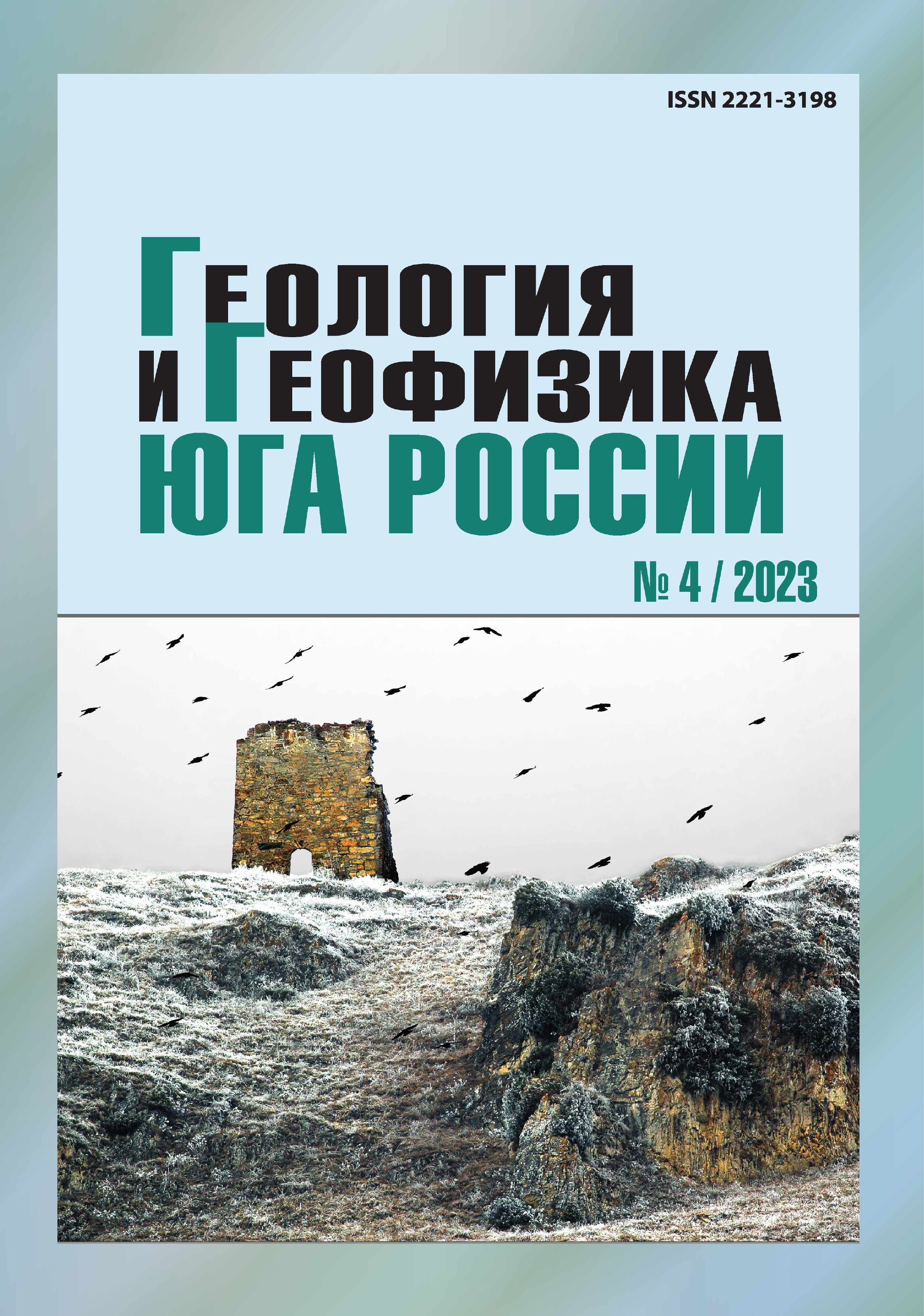Dynamics of the ratio of phytomass and mortmass fractions in key areas of the carbon landfill in the Chechen Republic
Abstract
Relevance. The balance and dynamics of carbon require a detailed analysis of the ratio of phytomass and mortmass fractions in biogeocycles. Of particular importance is the transition of green phytomass to mortmass with its further decomposition and deposition either into the soil or into volatile compounds. As a result, it is necessary to pay special attention to the measurements of various components of the mortmass: litter, waste, rags, intermediate humus compounds and climatically active gases. At the same time, it is especially important to understand the influence of climatic conditions on the rate of decomposition of mortmass components, since these processes are mainly influenced not only by temperature and precipitation, but also by daily, seasonal and annual fluctuations in meteorological parameters. To study the details of this dynamics, we used data from microclimatic observations in key areas and regular measurements of phytomass dynamics. The purpose of the article is to identify the main factors and conditions underlying the dynamics of the ratio of green phytomass and mortmass in two key areas of the carboniferous polygon in the Chechen Republic, located in different soil and climatic conditions. Methods. Large-scale landscape mapping in key areas, detailed microclimatic studies using installed loggers – temperature and humidity sensors, as well as observations of the state of vegetation. Particular attention was paid to the measurements of individual fractions of mortmass in different areas and under different conditions of microrelief, biogeocenosis. Accounting for aboveground phytomass was carried out by measuring trees, followed by calculation of volume and weight. Aboveground herbaceous phytomass and mortmass were determined on the basis of cuts from sites 50 × 50 cm in size in triplicate at different periods of vegetation development. To assess biological productivity, data on stocks of aboveground mass per unit area (g/m2, t/ha) were used. Soil samples were also taken to determine humus and key nutrients. Results. The key areas on the Chechen Plain and in the low mountains, located in different landscape conditions, exhibit different conditions of carbon dynamics. Observations carried out in key areas and calculation of different phytomass fractions made it possible to characterize the conditions for the emission potential of natural complexes of two key areas of the carbonic range in the Chechen Republic, located in different landscape conditions. The amount of phytomass in low-mountain landscapes is almost twice the amount of phytomass in the plains. This is due to various soil and climatic conditions, anthropogenic activities. The change in the seasonal states of the natural complexes of the areas of the carboniferous polygon from cold to warm periods and the intensity of heat and moisture exchange associated with this underlie the dynamics of the transition of green phytomass to mortmass, which further decomposes into gases, partially mineralizes and is deposited in the soil. The conservation in the area of Chernorechye leads to a more intensive accumulation of ground mortmass, restoration of undergrowth, a more complex vertical structure. However, this does not guarantee the deposition of carbon in soils; most of it goes into the atmosphere. Apparently, measures are needed for the disposal of aboveground mortmass, aimed at carbon sequestration.


